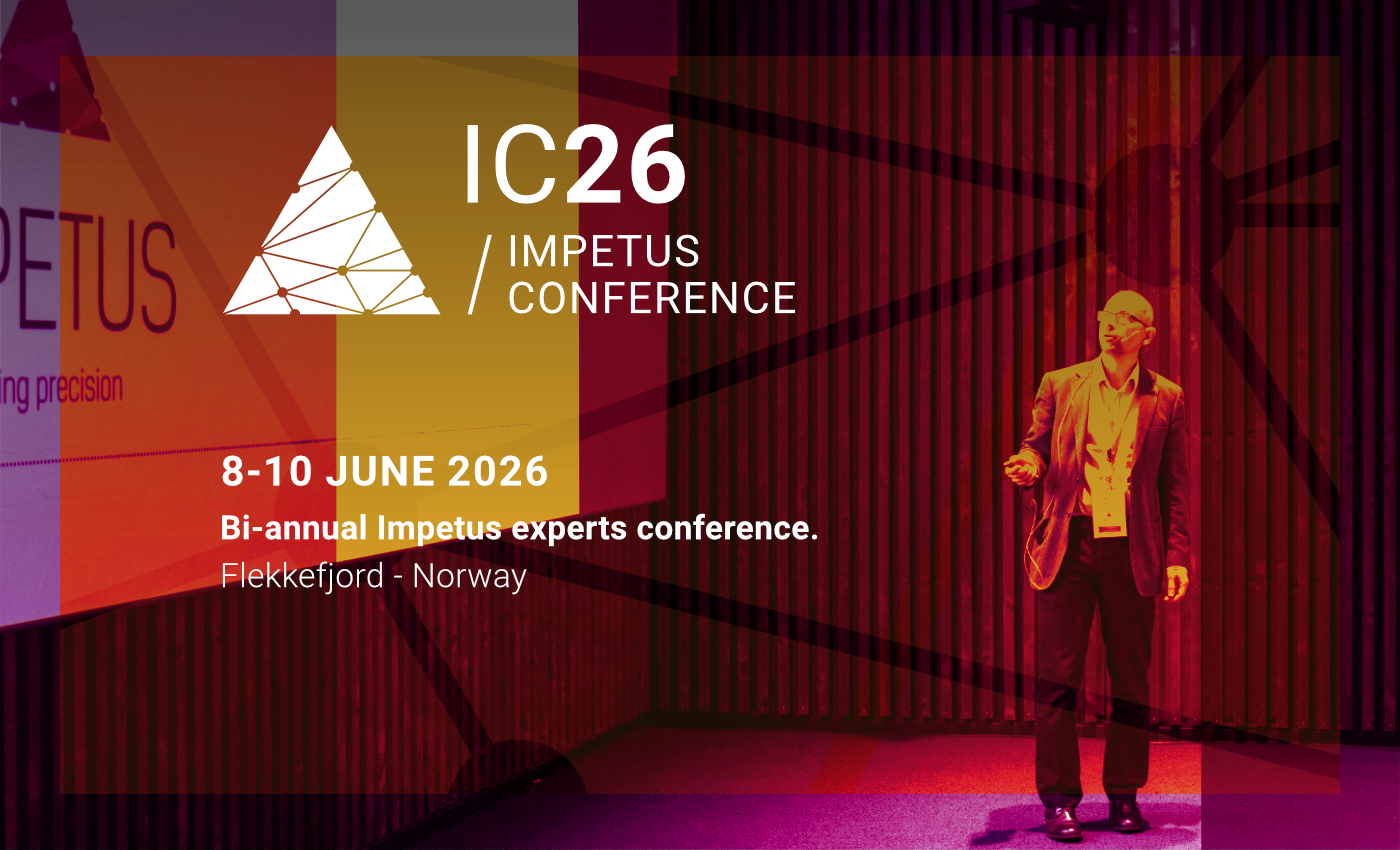We are pleased to announce IMPETUS Solver Version 9.0.0, marking an exciting new chapter for our product. This major update brings together all the improvements and enhancements from the past year.
New release process
We are moving away from having separate official and beta versions of our software. From now on there will be only a single release cycle. We plan to release new versions roughly every 6-8 weeks. In this way we will continue to give users frequent access to new functionality. If this release frequency is too high for your company, have a look in our release notes to determine if a new version contains updates that are important enough for you to warrant an update. Please note that you can subscribe to e-mail notifications about new releases. If you have not already done so, you can sign up here.
We have also unified the version numbering. From version 9.0.0, there will no longer be different version numbers between the Engine and the GUI. We have adopted the common major.minor.patch version scheme. Roughly every 6-8 weeks we will release new minor versions. The next minor release will thus be 9.1.0. As a general rule, new functionality will come in the minor versions. If critical bugs are found that require an immediate fix, we will issue patch releases as soon as the bug is fixed and the software tested. Patch releases will increment the patch number, for instance 9.0.1. Major releases, where the major version number is incremented, will typically come every 1-2 years depending on the size and importance of the changes.
We regularly collaborate with several customers on new functionality. They help us testing and verifying the new features. To make it smoother for these customers to get access to the bleeding edge of the software we have introduced nightly builds, available from our download page. Note that the nightly builds are not tested and bugs are to be expected, so they are only intended for users that need access to a modification before the next release.
Highlights in version 9
VAA now up to 30x faster with GPU acceleration
Our Vulnerability Area Assessment (VAA) tool has been enhanced with the addition of GPU acceleration support. This improvement enables users to leverage graphics processing units (GPUs), resulting in significant performance boosts, potentially up to 30 times faster simulations.
Rebuilt the User Material Model Framework
We’ve completely rebuilt our user material model framework from the ground up. This update brings exciting new features, including GPU acceleration powered by Nvidia’s CUDA for significantly enhanced performance. To leverage CUDA’s capabilities, which are built upon C/C++, we’ve made the switch from Fortran to C++ for the CPU implementation. This transition makes it much easier for users to port and share code between the GPU and CPU implementations.
Contact us at support@impetus.no for more information and to gain access to the framework.
Surface SPH
We added support for graded SPH particle distributions. A new command helps the user fill arbitrary geometries with SPH particles. The distribution is non-cartesian and the filling algorithm aims at producing smooth surfaces. A local region with higher particle density, and a transition zone, can be defined.
More information: *GENERATE_PARTICLE_DISTRIBUTION.
CFD
A full second order advection scheme has been implemented. The scheme is especially relevant in close range blast scenarios, where reflected pressures and impulses are highly dependent on an accurate description of the detonation products travelling in the wake of the initial shock front.
Version 9.0.0 also comes with an initial version of our virtual wind tunnel. It is still rudimentary in its functionality, but more features are planned to be added in the near future.
More information: *CFD_DOMAIN, *CFD_WIND_TUNNEL.
Initiation Modelling
A new constitutive model for explosive modelling with Lagrangian finite elements has been developed. It is intended for applications such as sympathetic reactions, fragmentation processes, and shaped charge jet formations.
More information: *MAT_EXPLOSIVE_INITIATION.
Ballistic Limit Velocity Template
A new template has been introduced for automatically calculating the ballistic limit velocity. The video below showcases the functionality.
IMPETUS Solver Version 9 – Ballistic Limit Velocity Template



